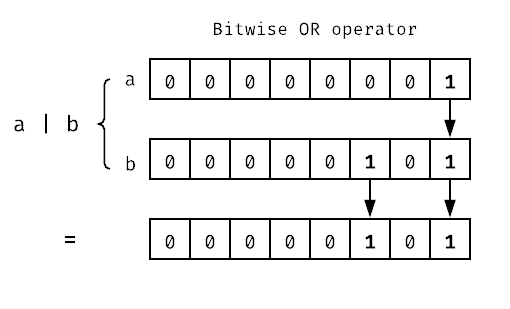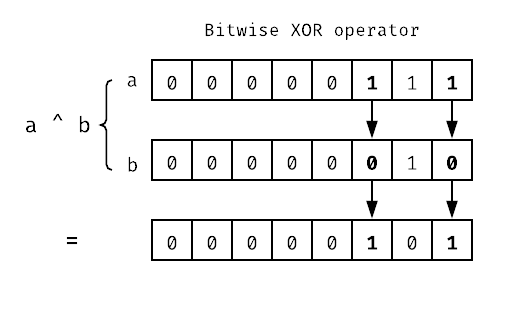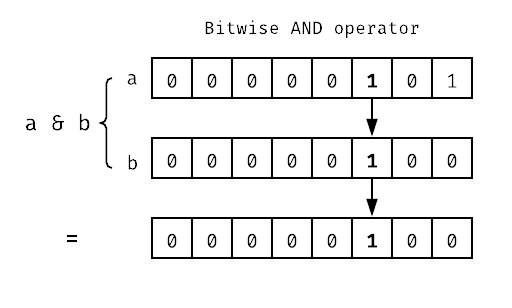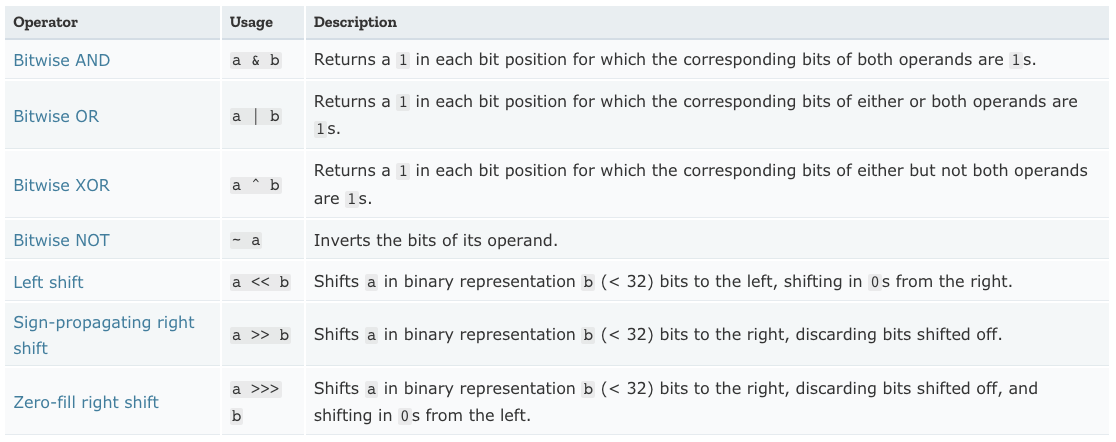Bitfields in Javascript
Because sometimes you need a Tardis
A bit field is a data structure that holds a sequence of bits. They are sometimes referred to as “flags” and are typically used to store the intermediate state or outcome of a set of operations in embedded devices and microprocessors. They are useful data structures when you want to optimise for space. Bitwise operations also tend to be blazing fast.
Bit fields are suitable for encoding state that is represented by boolean properties, with the meaning of individual bits being determined by the programmer. In javascript we can model a bit field simply with es6 binary primitives and bitwise operators.
I stumbled across bit fields recently through this tweet from Andrew Clark, a member of the ReactJS core team:
The React team are making use of bit fields to track component state within the new fibre architecture of ReactJS! Rather than using React internals as an example lets try with something simpler to learn how to work with a bit field.
Creating our own bit field
Imagine we have an object containing the feature toggle state for an application:
{
autoRefresh: false,
sidebarWidgets: true,
ticker: false,
}Preserving key order, the above data structure can be encoded in to a bit field of 3 bits with each bit corresponding to a key in the object and it’s value corresponding to the value of the key:
// es6 notation for a binary literal has a prefix of 0b
const appFeatureToggleState = 0b010The app config can now be passed around in the application as a number primitive. I know what you’re thinking - Great, what am I supposed to do with that?!
Operating on bit fields
When working with bit fields, there are a couple of fundamental operations you’ll definitely want:
- Setting the value of a bit
- Getting the value of a bit
This is done through a combination of masking and bitwise operations. A mask in this context is a another value made up of bits.
Let’s define the bit masks for the feature toggle state example above:
export const defaultState = /* */ 0b00000000 // all disabled
export const autoRefresh = /* */ 0b00000001
export const sidebarWidgets = /* */ 0b00000010
export const ticker = /* */ 0b00000100Setting the value of a bit
We can set the value of a bit using the bitwise OR | and XOR ^ operators in javascript.
The | operator returns a 1 in each bit position for which the corresponding
bits of either or both operands are 1s.
The ^ operator returns a 1 in each
bit position for which the corresponding bits of either but not both operands are 1s.


Working with our app config example:
// import our bit masks
import {
defaultState,
autoRefresh,
sidebarWidgets,
ticker,
} from '/featureFlags.js'
// set an initial state (no features enabled)
const appFeatureToggleConfig = defaultState // 0b00000000
// set autorefresh toggle to true
appFeatureToggleState |= autoRefresh // 0b00000001
// set ticker toggle to true
appFeatureToggleState |= ticker // 0b00000101
// set sidebarWidgets to true
appFeatureToggleState |= sidebarWidgets // 0b00000111
// set sidebarWidgets to false
appFeatureToggleState ^= sidebarWidgets // 0b00000101Getting the value of a bit
We can get the value of a bit using the AND & operator. The & operator
returns a 1 in each bit position for which the corresponding bits of both
operands are 1s.

// to check if the ticker is enabled we just have to
// check if the operation returns our mask
if (appFeatureToggleState & ticker === ticker) {
...doSomethingThe reason we have to check that the return value matches the mask is because more than one value can be set in the bitfield at once; so it’s not enough to check for a truthy value.
Getting the value of a bit without a pre-defined mask
You can save even more memory by accessing bits without pre-defined masks.
This can be done via bitshifting with the left shift << operator. The <<
operator shifts bits from right to left in 0’s. Accessing the same ticker
bit as before without the predefined mask:

// the predefined mask is now replaced with the expression (1 << n)
// where n === the bit you want to get
if (appFeatureToggleState & (1 << 2) === (1 << 2)) {
...doSomethingHint: The expression (1 << x) is equivalent to Math.pow(2, x).
You could also just use the literal binary value:
if (appFeatureToggleState & 0b00000100 === 0b00000100) {
...doSomethingFinal thoughts
When using bit fields, we are trading off readability for optimisations in performance/memory usage. It’s advisable to attempt other methods of optimisation before making use of bit fields! - However it’s always good to have something in your back pocket for when the time calls. This post also hopefully helps shed some light on the lengths javascript library authors are going to to help shave some bytes off the final bundle size and ensure the best performance possible where needed.
If you are interested in working with bitfields checkout the bitfield library on NPM which supports a variety of data structures as the backing data structure for your bitfield including NodeJS buffers, arrays and even a number representing the max bytes! It also has handy abstractions for getting and setting field values which allows you to avoid the lower level bitshifting operations if you wish ;)
Special thanks to @lammino and @dkatvic for taking the time to review this post.
I’ll leave you with a handy table detailing bitwise operators in javascript courtesy of MDN:
